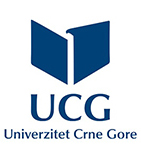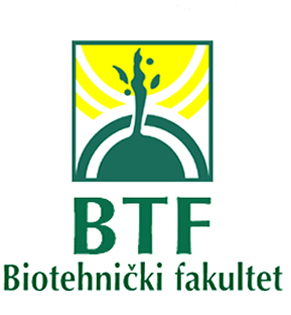| Year : |
2017 |
| Volume : |
63 |
| Issue : |
3 (30.09.2017) |
| |
|
| Authors : |
Marina VUK┼ĀA, Goran JOKI─å, Tanja BLA┼ĮI─å, Suzana ├ÉEDOVI─å, Bojan STOJNI─å |
| Title : |
COMBATING HARMFUL RODENTS IN FOREST OAK SAPLING PLANTATIONS |
| Abstract : |
ecosystems and creates conditions for development of certain species of rodents. At the beginning of recovery process in forest areas, sources of seed material or herbaceous plant cover rich in nutrients are readily available, favoring populations of small rodents, especially mice and voles.
We tested the effectiveness of a preparation based on the active ingredient difenacoum for applications in forests under rodent infestation category four. The rodenticide Ratak Forst, difenacoum (0.005%), a granular bait GB, was tested in comparison with a pellet formulation of BRODISAN-A, bromadiolone (0.005%). The experiments were performed according to EPPO Standards (2004) methodology, in a randomized complete block design with four replications at two locations. Plot size was 20x20 m2. Baits were laid in amount of 30 g (one bag) per commercial plastic box. One hundred and five boxes were installed per plot, i.e. a total of 420 boxes per preparation.
The results show that the tested Ratak Forst (76.46%) and the standard preparation BRODISAN-A (79.85%) had very good efficacy in controlling rodents.
|
| For citation : |
Vuk┼Īa M., Joki─ć G., Bla┼Ši─ć T., ├Éedovi─ć S., Stojni─ć B., (2017) Combating harmful rodents in forest oak sapling plantations, Agriculture and Forestry, 63 (3): 15-21. DOI: 10.17707/AgricultForest.63.3.02 |
| Keywords : |
forest damage, harmful rodents, rodenticide, difenacoum, bromadiolone, efficacy, control |
| |
|
| download paper |

